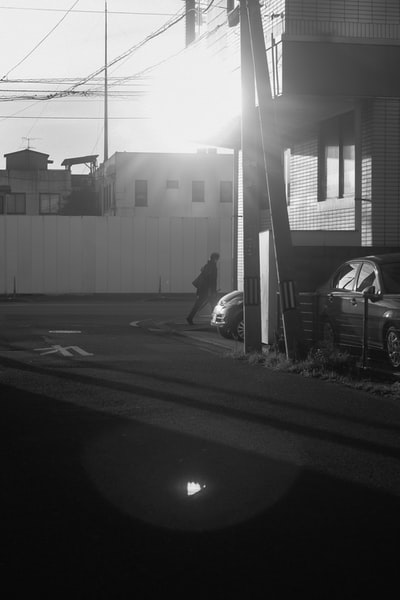Mirrors come in a number of varieties:
a plane mirror is flat and, if you look into it, you’ll get an exact mirror image of yourself
- a convex mirror bends outwards and your reflection will appear long and thing
- a concave mirror folds inwards and your reflection will appears short and fat
You see an image in a mirror due to the reflection of light. The normal is the line which is perpendicular to the mirror. When a ray of light is reflected there are two angles against it:
the angle of incidence which is between the incident ray and normal
- the angle of reflection which is between the reflected ray and normal
Both of these angles are equal for rays reflected off a mirror.
The image reflected is the virtual image. The light rays which reflect off the mirror and into your eye seem to come from that image. However, unlike a real image it wouldn’t be possible to project a virtual image onto a screen. This is because a real image is created when light rays are focused onto a screen.
————————————–
Light refraction
When light rays change direction this is known as refraction. Refraction works in the following way:
if the light ray travels along the normal then there’s no refraction
- if the light ray bends towards the normal, for instance if it travels from air into glass, then the angle of refraction (r) is smaller than the angle of incidence (i)
- if the light ray bends away from the normal, for instance when it travels from glass to air, then angle r is bigger than angle i
All types of wave can refract. Another example is water waves. Take a tank of water with a glass plate. On one side the water is deep and on the other side it’s shallow. As the water moves from one side to the other the waves change speed: the shallow water waves are slower. The change in speed means that they change direction too.
- As the waves move from the deep to the shallow end they slow down and move towards the normal.
- As the waves move from the shallow to the deep end they speed up and move away from the normal.
Similarly with light.
- As a light ray moves from air to glass it slows down and moves towards the normal.
- As a light ray moves from glass to air it speeds up and moves away from the normal.
 a plane mirror is flat and, if you look into it, you’ll get an exact mirror image of yourself
a plane mirror is flat and, if you look into it, you’ll get an exact mirror image of yourself the angle of incidence which is between the incident ray and normal
the angle of incidence which is between the incident ray and normal